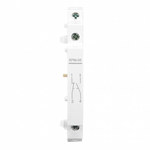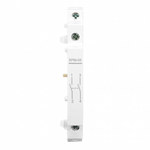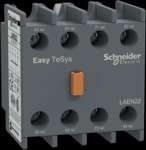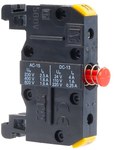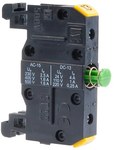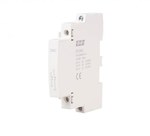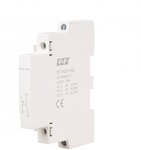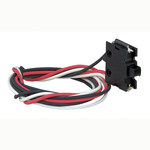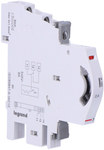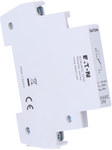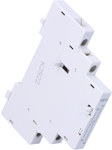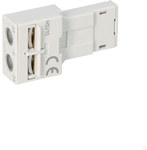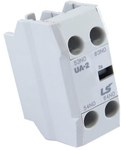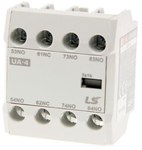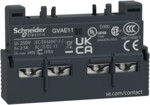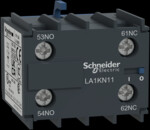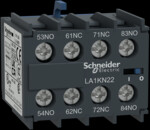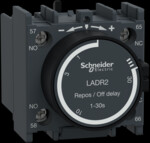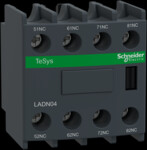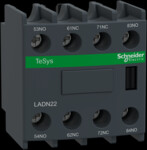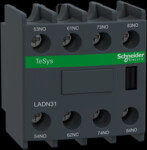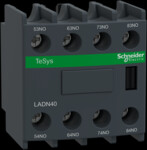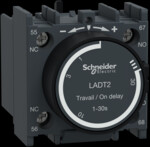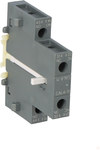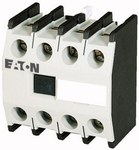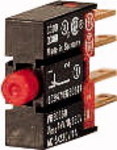auxiliary contacts
(149)
Onninen offers a wide range of auxiliary contacts, which are necessary wherever control systems are used. Check which models are available for sale, and if you have any questions - ask our consultant for help.
What is an auxiliary contact?
An auxiliary contact is an electrical element used in a control system as an additional or supporting element. Depending on individual needs, it can perform a signaling or control role. Its basic role is to provide information about the operating status of a device or system. In addition, auxiliary contacts are used for:
- control of complex processes, including electrical systems that are dependent on the main system;
- extending the functionality of the device, as they can be “added” to devices operating in the system, so they can be equipped with additional functions;
- improving the security of the system operation, thanks to auxiliary contacts it is possible to integrate devices and systems with the safety system, then the contacts will be responsible for transmitting information about the failure.
In order for the auxiliary contact to function properly, it must be properly selected. Two variants are used - frontal and side contacts. The former are installed on the contactor, from the top, while the lateral ones - from the side, on the right or left. Depending on the specifics of the given system in which they are to operate, the contacts differ in design. Models with different numbers and combinations of contacts are available for sale.
Depending on the specific nature of the system or device, the following types of auxiliary contacts are most commonly used:
- NO contacts, or normally open - when the device is not turned on, these contacts remain open and do not conduct current, and when the device or system is turned on, the contacts close, allowing current to flow through the system;
- NC contacts, or Normally Closed, when the device is off they remain closed, allowing current to flow through the system or device, when it is turned on the contacts open and the current flow is interrupted.
Onninen offers contacts in various variants, so that you can easily choose a solution tailored to your needs. The range includes:
- contacts;
- blocks (single and in modules);
- cam switches and couplers;
- members;
- holders;
- jumpers;
- other elements necessary for proper assembly.
Each of the available products has its own individual features, such as the number of changeover contacts (0, 1 or 2), break contacts (0, 1, 2, 3 or 4), make contacts (0, 1, 2, or 4), number of error signaling contacts (0 or 1).
Models can be mounted from above or have the option of being built in. Depending on the specific operation of a given device, auxiliary contacts are adapted to work with a rated current of: 24 V, 230 V, 240 V, 250 V, 400 V, 750 V.
Auxiliary contacts can be mounted using screws or spring clips, to the substrate, in a side or frontal position, or with the option of being built in
How to connect an auxiliary contact?
The method of mounting auxiliary contacts depends primarily on the selected variant, some products available in the offer are designed for frontal mounting, while others for side mounting. It is very important to prepare the appropriate tools in advance and ensure optimal safety, including disconnecting the power supply during the work. Each auxiliary contact should be installed in accordance with the information contained in the instructions provided by the manufacturer.
When choosing the right model, it is worth choosing proven, durable, safe options. The safety of people and machines may depend on the proper functioning of elements such as auxiliary contacts. Check out the Onninen offer.
